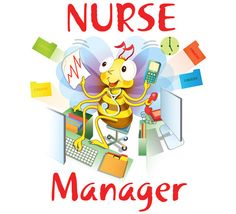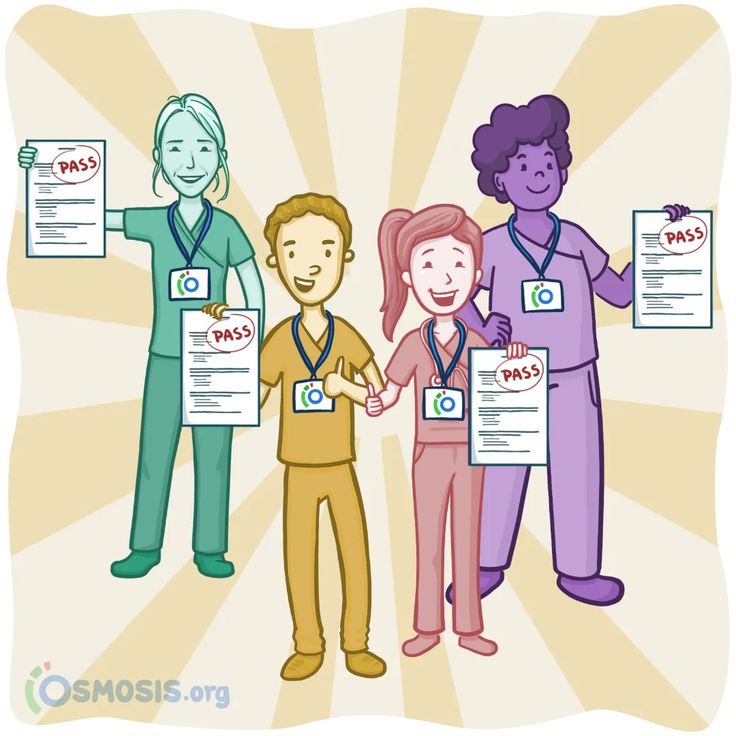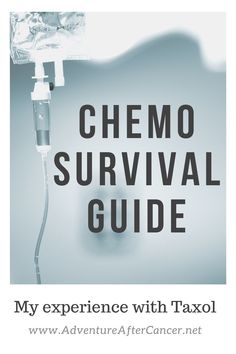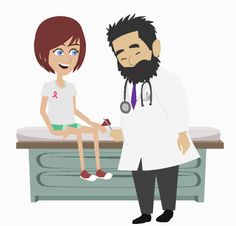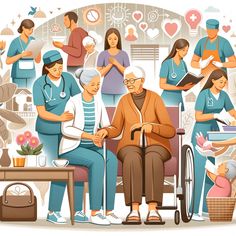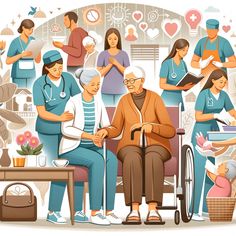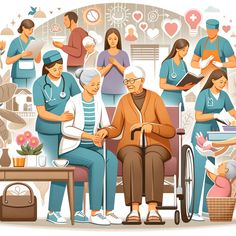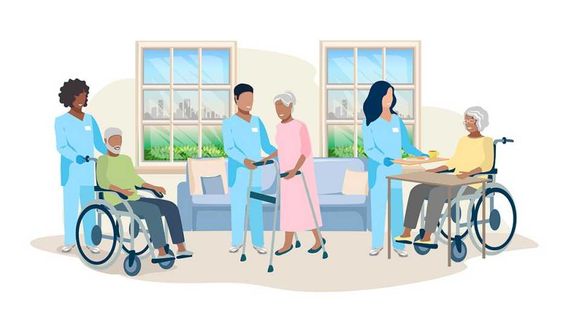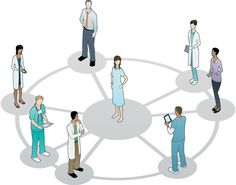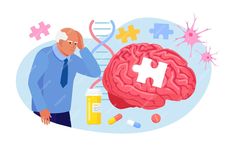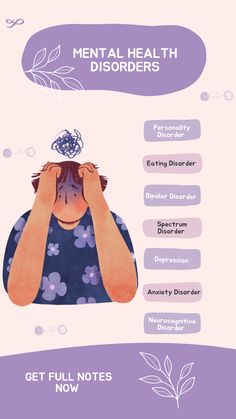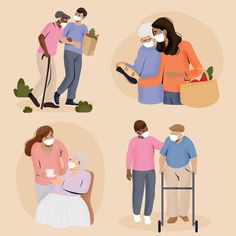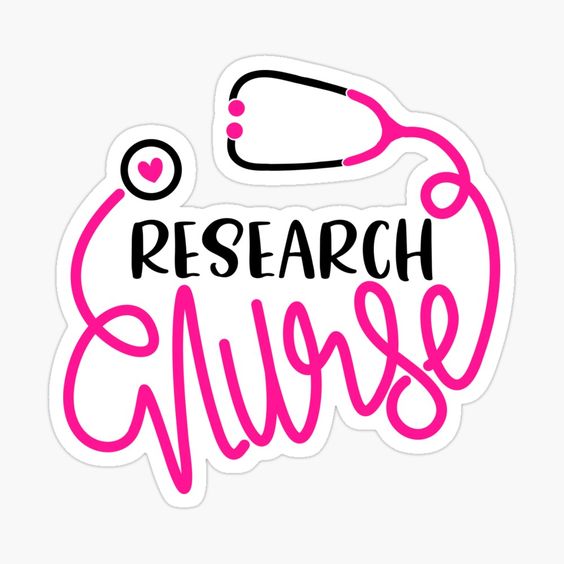
Table of Contents
Research is the cornerstone of advancing nursing practice and improving patient care. Through rigorous inquiry, nurses strive to uncover new knowledge, test existing practices, and develop innovative interventions to enhance health outcomes. However, the pursuit of knowledge in healthcare must be conducted with utmost ethical consideration, particularly when involving human subjects.
Ethical nursing research hinges on a set of core principles that guide responsible and respectful research practices. These principles include beneficence (maximizing benefits and minimizing risks), non-maleficence (avoiding harm), autonomy (respecting participants’ right to self-determination), and justice (ensuring fairness and equitable treatment). Adhering to these principles is paramount to ensuring research is conducted with integrity, safeguarding the well-being and rights of participants while contributing valuable knowledge to the field of nursing.
Nurses play a crucial role in conducting ethical research. This outline explores the core ethical principles, the role of Institutional Review Boards (IRBs), and practical tips to ensure responsible and ethical research practices that contribute valuable knowledge to the field of nursing.
Foundational Ethical Principles in Nursing Research

The foundation of ethical nursing research lies in upholding the core principles outlined in the Belmont Report. These principles, established to guide research involving human subjects, ensure that research is conducted ethically and respectfully.
- Respect for Persons: This principle emphasizes upholding the autonomy of individuals, meaning participants have the right to make informed decisions about their participation in research. It also requires protecting vulnerable populations, such as children, pregnant women, or individuals with cognitive impairments, who may have limited capacity to consent or are at increased risk of harm.
- Beneficence: This principle focuses on maximizing benefits and minimizing risks to research participants. Researchers must carefully weigh the potential benefits of the study against any possible risks and ensure that the benefits outweigh the risks for participants.
- Justice: This principle emphasizes the fair selection and inclusion of participants in research. It ensures that research burdens and benefits are distributed equitably, and that no particular group is disproportionately burdened or excluded from participation.
Non-maleficence: This principle underscores the responsibility to avoid harm to research participants. Researchers must take all necessary precautions to minimize the risk of physical, psychological, or social harm to participants.
Beyond these core principles, ethical nursing research also considers additional factors specific to the field. Confidentiality is paramount, ensuring that participants’ personal information is protected and not disclosed without their consent. Cultural sensitivity is crucial in recognizing and respecting the values, beliefs, and practices of diverse populations involved in research, ensuring that research is conducted in a culturally appropriate manner.
The Role of Institutional Review Boards (IRBs)
To ensure ethical research practices, Institutional Review Boards (IRBs) play a critical role in overseeing research involving human subjects. IRBs are independent committees composed of researchers, healthcare professionals, ethicists, and community members, tasked with safeguarding the rights and well-being of research participants.
The IRB review process involves a thorough evaluation of research proposals to ensure they adhere to ethical standards and meet regulatory guidelines. The criteria used in this process encompass the ethical principles discussed earlier: respect for persons, beneficence, justice, and non-maleficence. IRBs assess the risks and benefits of the proposed research, review informed consent procedures, and ensure the protection of participant privacy and confidentiality.
Obtaining IRB approval is essential for any research involving human subjects. It signifies that the research has been deemed ethically sound and meets the required standards. This approval process provides an essential safeguard for participants and fosters public trust in research.
For researchers seeking to conduct research at specific institutions, locating the relevant IRB information is crucial. Resources for finding IRB contact information and submission guidelines are available online through the Office for Human Research Protections (OHRP), a federal agency within the U.S. Department of Health and Human Services.
Practical Tips for Ensuring Ethical Research Practices in ethical nursing research
Informed Consent: Informed consent is a cornerstone of ethical nursing research. It ensures that participants voluntarily agree to participate in research after understanding the risks and benefits involved. Key elements of informed consent include:
- Voluntary participation.
- Meaning individuals freely choose to participate without coercion.
- Full disclosure of potential risks and benefits.
- The right to withdraw from the study at any time.
Obtaining informed consent requires clear and understandable communication. Researchers should use plain language, avoid technical jargon, and allow participants to ask questions. Furthermore, ongoing consent is crucial, ensuring that participants remain informed throughout the research process, especially if there are significant changes or unexpected findings. This ongoing dialogue reinforces the participants’ autonomy and the research’s ethical foundation.
Privacy and Confidentiality:
Protecting participant privacy and maintaining confidentiality of data are crucial aspects of ethical nursing research. Participants have a right to privacy; their personal information should not be disclosed without consent. Confidentiality ensures that data collected during research is kept secure and used only for the intended research purposes.
· Strategies for anonymizing data, such as removing identifying information or using codes, are essential for minimizing the risks of identification. Researchers should also carefully consider the storage and sharing of data to further protect participant privacy.
· It’s important to recognize that confidentiality has limitations. In some cases, legal or ethical obligations may require disclosing information, such as when there is an imminent risk of harm to the participant or others. Researchers must be aware of these exceptions and balance the need for confidentiality with the protection of the participant and others.
Recruitment and Retention:
Ethical participant recruitment in ethical nursing research involves avoiding coercion and ensuring fair selection. This means that participants should be recruited freely and without pressure and that the recruitment process should reach diverse populations to ensure equitable representation. Clear communication, building rapport, and addressing concerns are crucial to promote participant retention. Strategies for minimizing dropout rates include providing incentives, offering flexibility in scheduling, and acknowledging the time commitment involved.
Data Management and Security:
Secure data storage and management are essential components of ethical nursing research. Protecting participant information requires secure storage systems with appropriate access controls and encryption. Regular data backups and security updates are crucial for preventing breaches. Data integrity is maintained through clear documentation, data validation procedures, and adherence to established research protocols. At the end of a research study, responsible data disposal methods, such as secure deletion or anonymization, are crucial to safeguard participant privacy and confidentiality.
Responsible Authorship:
Authorship in ethical nursing research is a significant ethical consideration. Clear criteria should be established to ensure that only those who contribute substantially to the research are listed as authors. Authorship disputes should be resolved fairly, recognizing the contributions of all involved. Data ownership and publication rights should be clarified upfront to avoid conflicts. Open communication and transparency are crucial for maintaining ethical practices in research collaborations.
Addressing Ethical Dilemmas and Reporting Misconduct
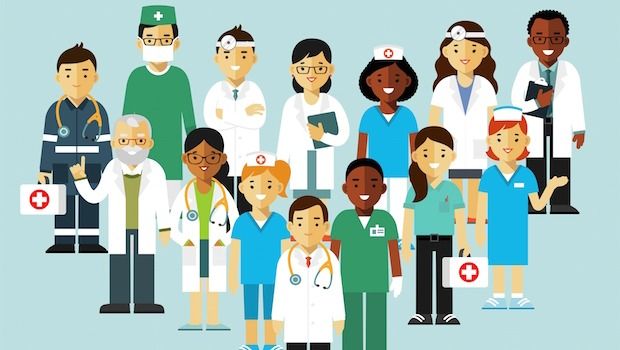
While adhering to ethical principles is essential, ethical nursing research often encounters dilemmas that require careful consideration and navigation. These dilemmas might involve conflicts of interest, breaches of confidentiality, or unexpected findings that challenge initial research plans.
When faced with ethical dilemmas, seeking guidance from experienced colleagues, mentors, or ethical review boards is crucial. Open communication and collaboration are vital for finding solutions that uphold ethical principles and protect the well-being of participants.
Reporting suspected research misconduct is crucial for maintaining the integrity of research. This might involve falsifying data, plagiarism, or violating participant rights. Researchers should be familiar with the reporting procedures for their institution or funding agency. Resources such as the Office of Research Integrity (ORI) guide on reporting misconduct and addressing ethical concerns.
Addressing ethical dilemmas and reporting misconduct is vital for upholding the highest standards of ethical nursing research and ensuring the trustworthiness of research findings.
Conclusion
Ethical principles are the bedrock of ethical nursing research. Adhering to these principles ensures research participants’ well-being, safeguards research findings’ integrity, and fosters public trust in the nursing profession. By conducting research responsibly and ethically, nurses contribute to a stronger foundation for evidence-based practice, ultimately improving patient care and advancing the nursing field.
To learn more about navigating the complexities of ethical nursing research, visit Phdnursewriter, a resource hub designed to empower nursing students and researchers with the knowledge and tools to conduct ethical and impactful research.


